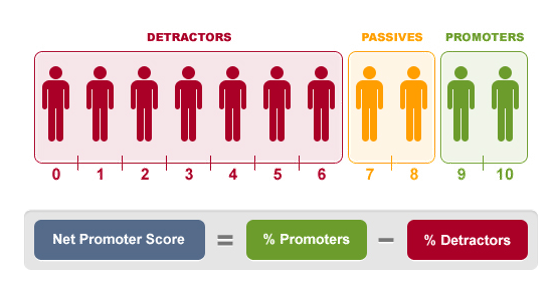Harjot Kaur

Experienced Product Manager and Data Science professional, adept at building Product/Program Strategy with Business Analytics & Insights while managing customer experience, pricing & revenue management across varied marketing (B2C & B2B) functions.
Apart from work, I am invested in running marathons, climbing mountains and reading!
View My LinkedIn Profile | View My GitHub Profile
NPS Driver Analysis using effect-based Kano Model
Topic Modeling
The notebook was built using GitHub
Project Abstract:
The advent of e-commerce has resulted in a smaller, but more competitive battleground for retailers.
Therefore, determining how effective your business is at making customers happy is essential.
This is why, the Net Promoter Score (NPS) is so valuable. NPS is used to measure customer loyalty
and how likely they are to refer your products and services to others. An NPS customer feedback survey aims to answer two questions:
i. How likely are your customers to recommend your product or service?
ii. What are the key factors influencing your customers’ likelihood to recommend your product or service?

Computing the Net Promoter Score indicates how likely your customers are to recommend your product or service,
but doesn’t explain the ‘why’ behind their response. The underlying goal of driver analysis is to determine the
key attributes of your product or service that determine your NPS. These attributes are referred to as ‘drivers’.
To identify key drivers to a differentiated product or service, it is imperative to extract customer satisfaction
dimensions (CSDs) from the factors influencing their likelihood to recommend. In this project, CSDs are firs
t extracted from comments based on latent dirichlet allocation (LDA). The sentiment orientations of the extracted
CSDs are identified using a support vector machine (SVM). Then, considering the existence of complex relationships among different CSDs
and the customer satisfaction, an ensemble neural network based model (ENNM) is proposed. On this basis, category of each CSD can be identified using an
effect-based Kano model (EKM), which can be further used to influence how to tailor products and improve services.
Business Objective:
- To identify actionable drivers of NPS for different geographies
Analytics Objective:
- To extract customer satisfaction dimensions (CSDs) from customer feedback data and establish its relationship with customer satisfaction to identify key ‘drivers’ of NPS
1. Data Collection and Preprocessing
We were pprovided with 1 year of structured customer feedback data (1.78 lac responses) with information such as: - customer details like mobile no, name, date of purchase - store code - invoice amount - product/brand/category description - ratings, feedback - store reckoner
2. Current NPS Status
The overall NPS score stood at 58.59%, which could be interpreted as ~60% of consumers were likely promote the brand to others. This was dismal. The ask was to extract key topics which influenced a poor or a great NPS rating. The challenge was to get the underlying and hidden nuances from the text data.
3. Modeling Approach
The overall modeling framework adopted for this study can be summarized in the below infographic.
Part 1.1. - CSD extraction using Topic Modelling (Latent Dirichlet Allocation)
6 Customer Satisfaction Dimensions have been identified through LDA namely -
**1.Generic - appearing as a dominant topic in 11% of the responses
**2.Product - appearing as a dominant topic in 15% of the responses
**3.Experience - appearing as a dominant topic in 7% of the responses
**4.Availability - appearing as a dominant topic in 20% of the responses
**5.Discount - appearing as a dominant topic in 7% of the responses
**6.Service - appearing as a dominant topic in 40% of the responses
Part 1.2. - Identifying the sentiment orientations toward each CSD
Sentiment classification has been done based on the polarity score from NLTK, that uses Naïve Bayes algorithm.
Further, each CSD has been assigned either a positive or negative sentiment orientation